Last year the Georgia Legislature based Senate Bill 346 which was signed by the Governor. This sweeping change to property tax law was in response to what was seen as stonewalling on the part of assessors to address the collapse of the real estate market. Today I would like to address the changes to the Taxpayer's Return of Real Property.
The return of real property for taxation is a somewhat antiquated way of collecting data for real estate assessment purposes. The idea is to force property owners to let the assessor know what property attributes have changed over the course of a calendar year so the assessors can update their records and property values. The assessors can penalize you for not returning improvements to real property in a timely manner. However, during my four years working for the Fulton County Tax Assessors I never heard of anyone being penalized for not returning improvements to real property. The assessor's office is supposed to get copies of all building permits, which prompts them to visit the properties and correct the property description.
The Taxpayer's Return of Real Property form (PT-50R) was also used to generate an assessment notice. If you returned a value that the assessors did not agree with, they had to send you an assessment notice at their value that you could appeal. This was important because the way the Georgia property tax law read, you had to receive a notice before you could appeal in any tax year.
Apparently, the legislature considered striking the return of real property out of the tax code, but in the end they left it in. They did require, however, that every property owner receive a Georgia notice of assessment every year starting in 2011. That ends the need to file a real property return just so you can initiate an appeal, but leaves in the requirement that you do the assessor's job and tell them about the changes to your property (that they should already know about).




